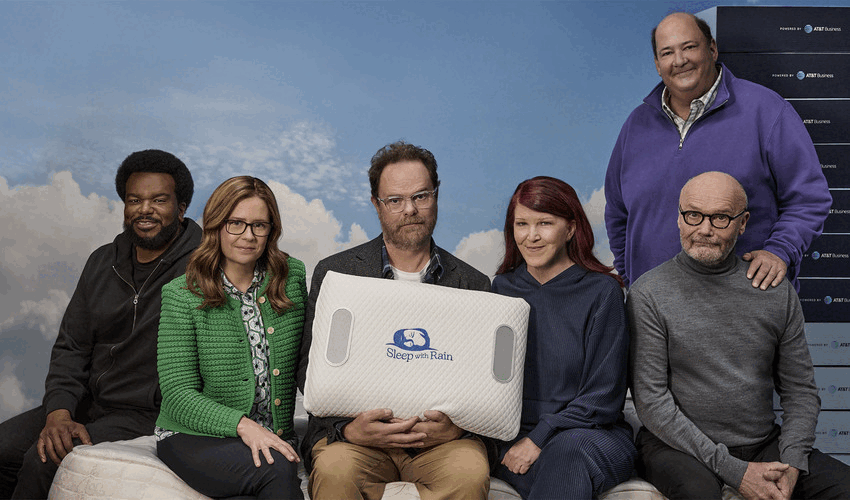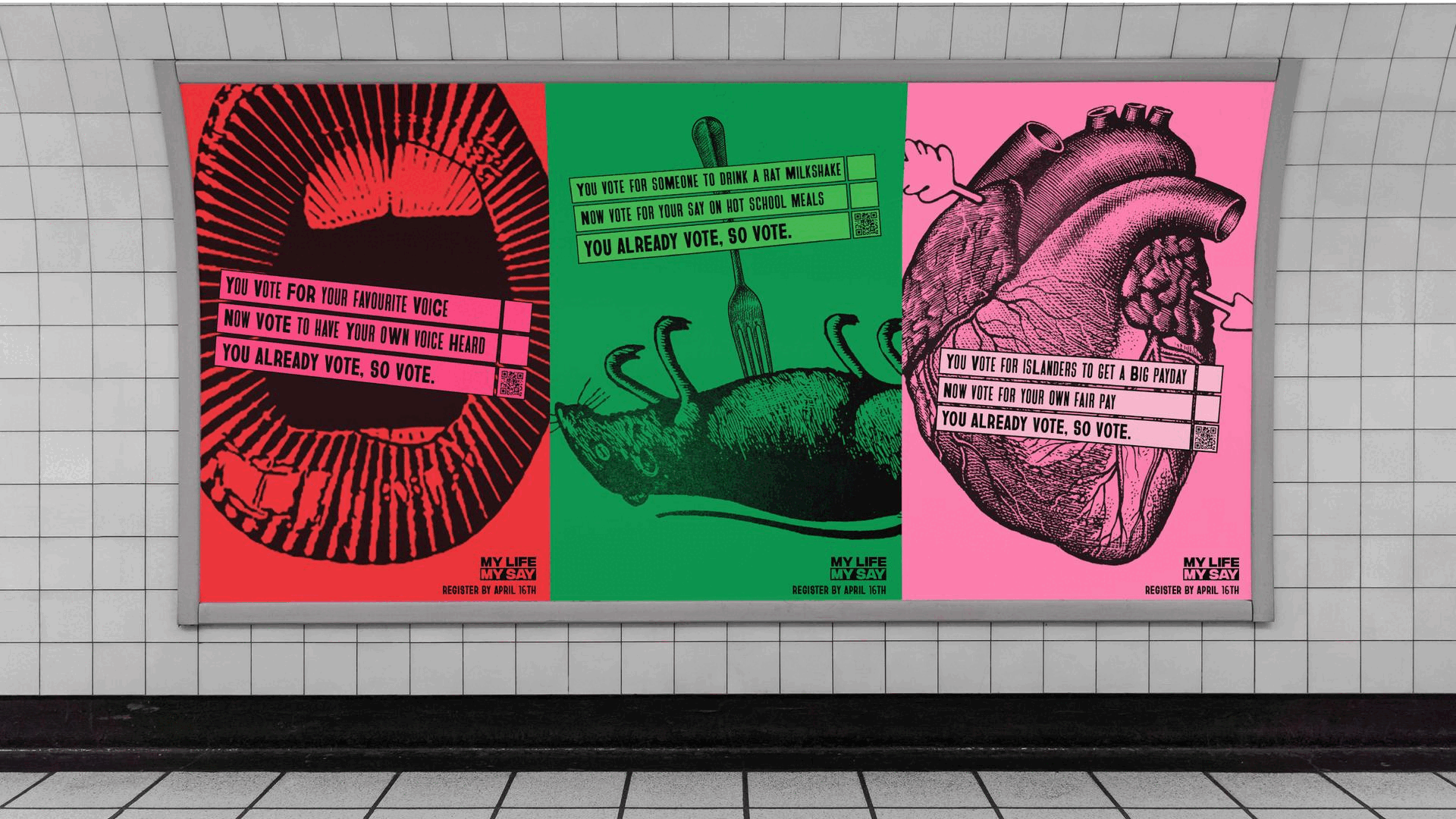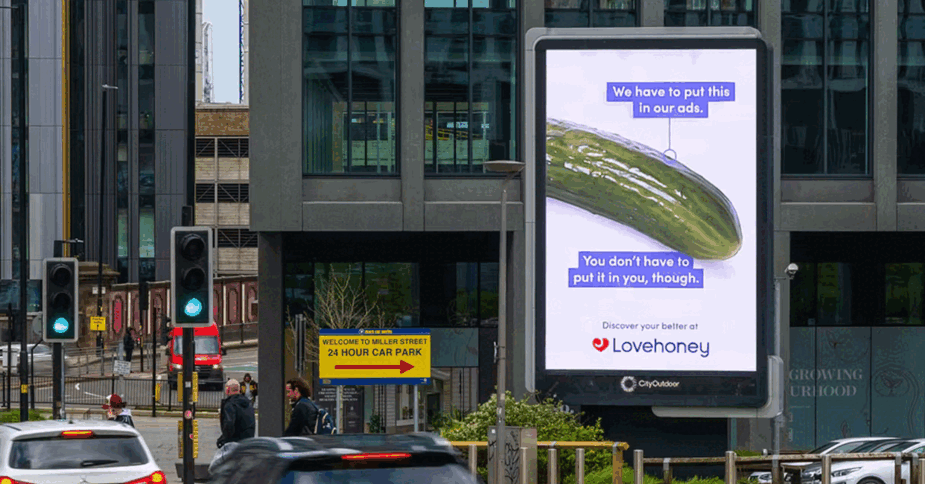Consumers fed up with interruptive mobile ads
- Friday, September 8th, 2017
- Share this article:

An annoying pop-up ad seen today on the Tube
Map app
Consumers are royally fed up with interruptive mobile ads. That’s the headline conclusion of a new study into mobile advertising from Inskin Media, in collaboration with On Device Research. On Device questions 900 people about their attitudes to mobile advertising as well as brand lift metrics, comparing different types of mobile ad formats.
People regard pop-up ads as the most annoying mobile format (cited by 28 per cent of respondents), closely followed by ads that sit in the middle of the screen (26 per cent), along with ads that delay the page loading (18 per cent).
It’s notable that the three most annoying formats are those which prevent or delay the content the user is trying to get to from being seen. In contrast, ads which compete for attention, such as those that move down the page alongside the content (13 per cent) or sit at the top and bottom of the page (8 per cent) annoying far fewer people.
“It’s not rocket science,” said Inskin Media CCO, Steve Doyle. “Advertisers simply have to put themselves in people’s shoes and be more considerate about the mobile advertising user experience. There are some easy things here. For example, un-skippable ads, ads which obscure content or those that don’t have a close button should be avoided. If a video ad is autoplay, then at least it should be without sound. If content is hidden by interstitial formats, then they should be easy to close.”
The research also revealed that people are 134 per cent more likely to remember the ads that sit around the content and move with it, compared to the average mobile ad. Which, incidentally, is what Inskin delivers. One of these type of ads tested – known as a Pageskin format – generated 239 per cent greater ad recall among viewers than the average ad.
It’s not only ad formats that annoy people; 18 per cent of respondents say irrelevant ads annoy them to some degree. Doyle says, “For ads seen multiple times, irrelevant ads are 33 per cent more likely to anger people, so it’s vital not to waste money on ads placed in the wrong context. Ads in the right context, such as cosmetics ads on beauty websites, are much better received than in an unrelated context. “Right person, right place, right time” is a minimum standard for media but far too often buyers overlook the quality and relevance of the environment.”
David Murphy writes:
While the results of this survey play well to InSkin’s own tech, that shouldn’t undermine their credibility. 900 people is a reasonable sample size and On Device Research has a good reputation in the industry for providing independent, unbiased research, usually carried out, as the name suggests, on the phone itself.
















